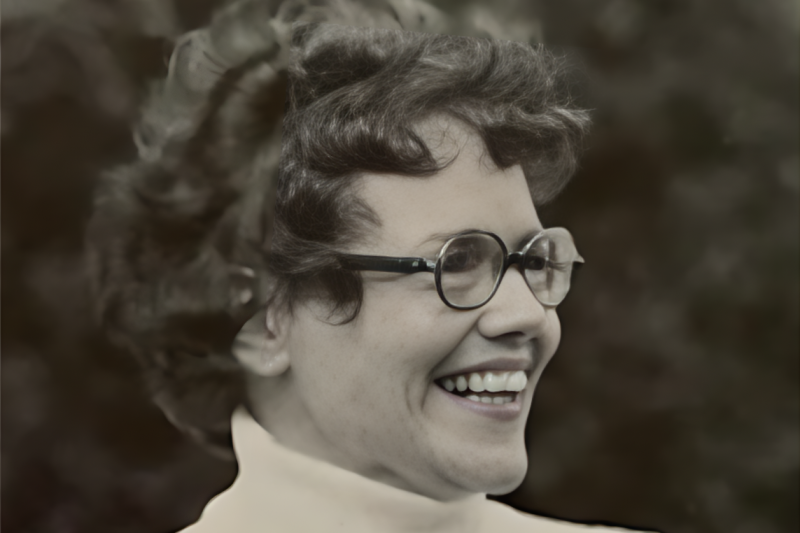
Increase in similarities between mates not associated with changes in U.S. gene pool, says Stanford's Ben Domingue
If you flip through the marriage announcements in the weekend newspaper, it’s no surprise that people with similar physical traits and backgrounds tend to get hitched. A longstanding question, however, concerns how these similar pairings and their ensuing offspring impact the overall gene pool.
Now, a team of researchers has tracked traits with genetic cues, such as height, and shown that while people are increasingly choosing similar mates, this does not seem to be driving changes in the gene pool.
“We’re asking how spouses are alike, how this is affecting the number of children they have, and then asking how both of these are changing over time,” said Ben Domingue, an assistant professor in the Graduate School of Education at Stanford University and one of the authors of the study. “We see an increasing stratification across society in terms of mating and fertility, but it’s not corresponding to changes in the underlying genetic signature.”
Consider, for example, a scenario where tall people have a propensity to marry each other and have many children, while short people likewise married but had fewer children. If we assume that the height of these people reflects the influence of their DNA, one might expect to see more genes for tallness in the population over time.
“While there is a tendency for people who are genetically similar along key dimensions to marry each other, there does not seem to be any increase in this tendency, despite what some people may fear about inequality getting baked into our genes,” said first author Dalton Conley, a professor of sociology, medicine and public policy at New York University. “Ditto for how many kids folks are having – while there are genetic associations, they appear to be stable over time.”
To test this general hypothesis, the researchers analyzed genetic data involving 4,686 non-Hispanic white adults and their spouses (the information comes from a longitudinal dataset, and is considered significant such that similar conclusions can be inferred across other groups in the United States). For each participant, they tested for genetic patterns that have been associated with four different traits: educational attainment, height, body mass index and depression.
Genetic aspects of the four traits were defined based on measured DNA. In the twisted ladder structure of DNA, base pairs form the rungs, about 3 billion in total. The vast majority of these pairs are the same across all people, but roughly 1 in every 300 base pairs is a point at which humans differ. The research team used 1.5 million of these spots of variation, along with previous research linking them to the relevant traits, to examine patterns in mating and fertility.
The researchers found that spousal genetics influencing education and height are associated. They also saw that pairs with more education and those with taller statures tended to produce fewer children. However, while education was an increasingly strong predictor of the number of offspring and the overall education of that entire family in more recent birth cohorts, these characteristics were not associated with changes in how the genetics of education were associated with these traits.
“If you just look at how people select for similar spouses, you might think there are changes in how genetics are related to decisions regarding marriage and fertility,” Domingue said. “Our point with this study is that none of the trends in the observed traits, height, for example, seem to be associated with changes in the relevant genetics. If we just had the phenotypic information and we tried to use that to infer what was happening genetically, we may get the wrong answer.”
Their findings show that assumptions about DNA are not always correct. Despite a large amount of attention to genetics, scientists are still growing the understanding of how the human gene pool interacts and changes over time.
“As we get better and better measures of genotypes with bigger and bigger subject pools, it will be important to reproduce this study to keep tabs on how social forces – like rising income inequality or changing marriage norms – may be affecting us at the population genetics level,” Conley said.
This paper was a collaboration between Dalton Conley and Thomas Laidley of New York University, Daniel Belsky of Duke University School of Medicine, Jason Fletcher of the University of Wisconsin, Jason Boardman of the University of Colorado Boulder and Benjamin Domingue of Stanford.
The study, “Assortative mating and differential fertility by phenotype and genotype across the 20th century,” was published today in Proceedings of the National Academy of Sciences.
The author of this story, Rosemary Mena-Werth, is an intern at Stanford News Service.



